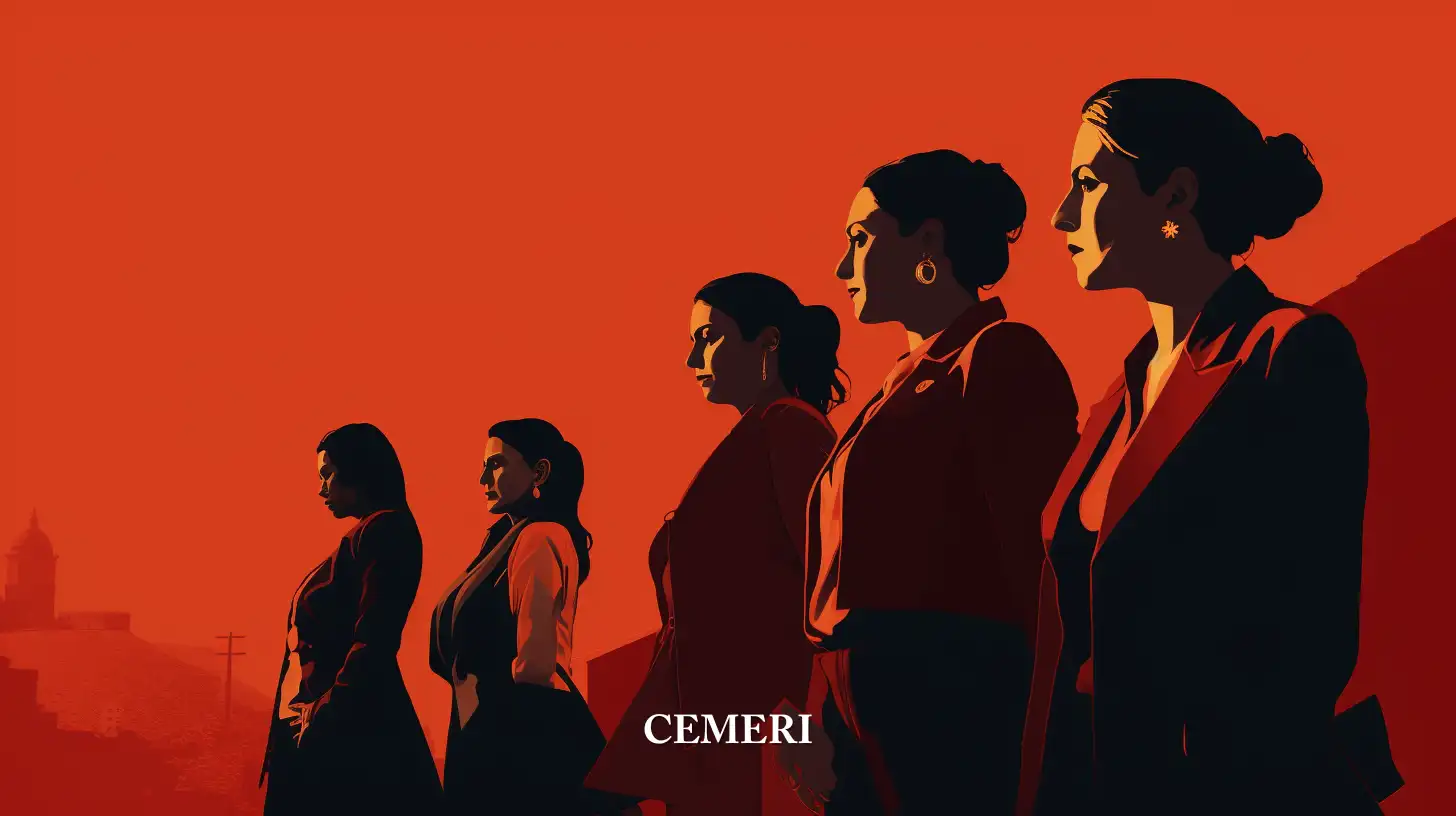Analysis
Diana Ailed Montes Yanez
The influence of international women's rights regimes in the parity of public office in Jalisco
- Women's access to decision-making positions has not been promoted with the same interest in the entire state public sector.

These are electoral times in a large part of the states of Mexico, and these have reflected the force with which the "issue of women" has permeated political discourse. We have seen how the bulk of television commercials from political parties of all stripes revolve around support for the female sector with an "almost" genuine and convincing determination.
In addition, it has been evidenced how in this 2021 electoral campaign the role of women has increased as candidates for all kinds of political positions in order to achieve gender parity in this area, which is, in part, always a good progress. and when their representatives act as agents of change and not as cogs in the pre-existing political machinery1, whose progress will only be visible with time and results.
At the same time, we cannot lose sight of the fact that this progress in the access of women to decision-making positions has not been promoted with the same interest in the entire state public sector, since we must remember that public positions are not only made up of of popularly elected positions, but of those others that are part of the organizational structure of state public administrations, in which there is a historical lag regarding the positioning of women at the highest levels of decision-making.
Feminist Movements and International Women's Rights Regimes
Gender equality as a social objective and parity as a strategy to accelerate its achievement did not arise only from the spirit and good will of the rulers, but from the feminist movements, whose demands have been materialized through a long evolution and development of international regimes of women's rights.
There are various instruments and actors that make up the international regimes of women's rights, such as the Fourth World Conference on Women, the Convention on the Elimination of All Forms of Discrimination against Women (CEDAW, for its acronym in English ), the current 2030 Agenda, UN Women, to mention just a few.
These actors and instruments have become not only generators of international commitments accepted by States, such as Mexico, but also an international reference framework adopted by local governments such as Jalisco. The foregoing in order to harmonize local legislation and have a broader overview of the "should be" in relation to women's rights in various areas, including women's access to decision-making in all structures social.
This is how in the past public administration of Jalisco, the transversal axis of gender equality in development plans found its foundation in various international instruments, including CEDAW, the current 2030 Agenda and made reference to the Fourth World Conference on Women, held in Beijing in 1995, which gave rise to the Beijing Declaration and Platform.
The Beijing Declaration and Platform is one of the most comprehensive instruments in recommending measures to guarantee women equal access and full participation in power structures and decision-making, in addition to the need to monitor and assessing progress achieved through qualitative and quantitative data2, these measures included their adoption by local governments.
However, despite the existence of CEDAW for more than 40 years and more than 25 years since the Beijing Declaration and Platform, it seems that the "women's issue" has only recently gained strength, since the government Jalisco does not have a joint public administration. The previous state public administration closed with "promising" figures in the indicators of the Development Indicators Monitoring platform (MIDE Jalisco) that evaluated the participation of women in public positions at the highest level as an objective of the development plans in the state of Jalisco3.
However, said indicator contemplated positions of popular election in its majority, that is to say, governorship, municipal presidencies and deputations, with the exception of the cabinet secretaries and magistracies, which prevents knowing the real figure of the decision-making positions of the rest. of the dependencies. In the present public administration, only another indicator was added that measures the political parity index4.
Conclusion
Despite the fact that the instruments and actors that make up the international regimes of women's rights contemplate that gender parity in public decision-making positions, local governments such as Jalisco continue to pay more attention to the introduction of women to the political representation, which is good progress, however, it does not correct the lag that exists within public administrations. Therefore, the main objective of this article is to make visible the distinction between positions of popular election and those others of the state public administrations that are not obtained through popular suffrage.
Hence, it is necessary that there are indicators that specify the progress of women's access to all kinds of public positions, as referred to by the diversity of international instruments and actors on women's rights. Finally, we must remain vigilant and scrutinizing the activities of the new political representatives, in order to verify their acting as agents of change in favor of the continuous access of women to political representation.
Sources
1 Philip N. Cohen and Matt L. Huffman, “Working for the woman? Female managers and the gender wage gap”, American Sociological Review, 72(5), (2007): pp. 681-704. doi:10.1177/000312240707200502.
2 Organización de las Naciones Unidas. «Informe de la Cuarta Conferencia Mundial sobre la Mujer». (1995) Recuperado el 21 de abril de 2021. Recuperado de: https://www.un.org/womenwatch/daw/beijing/pdf/Beijing%20full%20report%20S.pdf
3 Secretaría de Planeación y Participación Ciudadana. «Porcentaje de participación de la mujer en puestos públicos del más alto nivel”, Monitoreo de Indicadores del Desarrollo de Jalisco. (2021). Recuperado el 21 de abril de 2021. Recuperado de: https://seplan.app.jalisco.gob.mx/mide/panelCiudadano/detalleIndicador/424?temaElemental=2&format=&sortBusqueda=1&max=10&offset=10&vista=1&subsistema=1&accionRegreso=busqueda
4 Secretaría de Planeación y Participación Ciudadana. «Índice de paridad política”, Monitoreo de Indicadores del Desarrollo de Jalisco. (2021). Recuperado el 21 de abril de 2021. Recuperado de: https://seplan.app.jalisco.gob.mx/mide/panelCiudadano/detalleIndicador/1755?temaElemental=2&format=&sortBusqueda=1&max=10&offset=0&vista=1&subsistema=1&accionRegreso=busqueda

